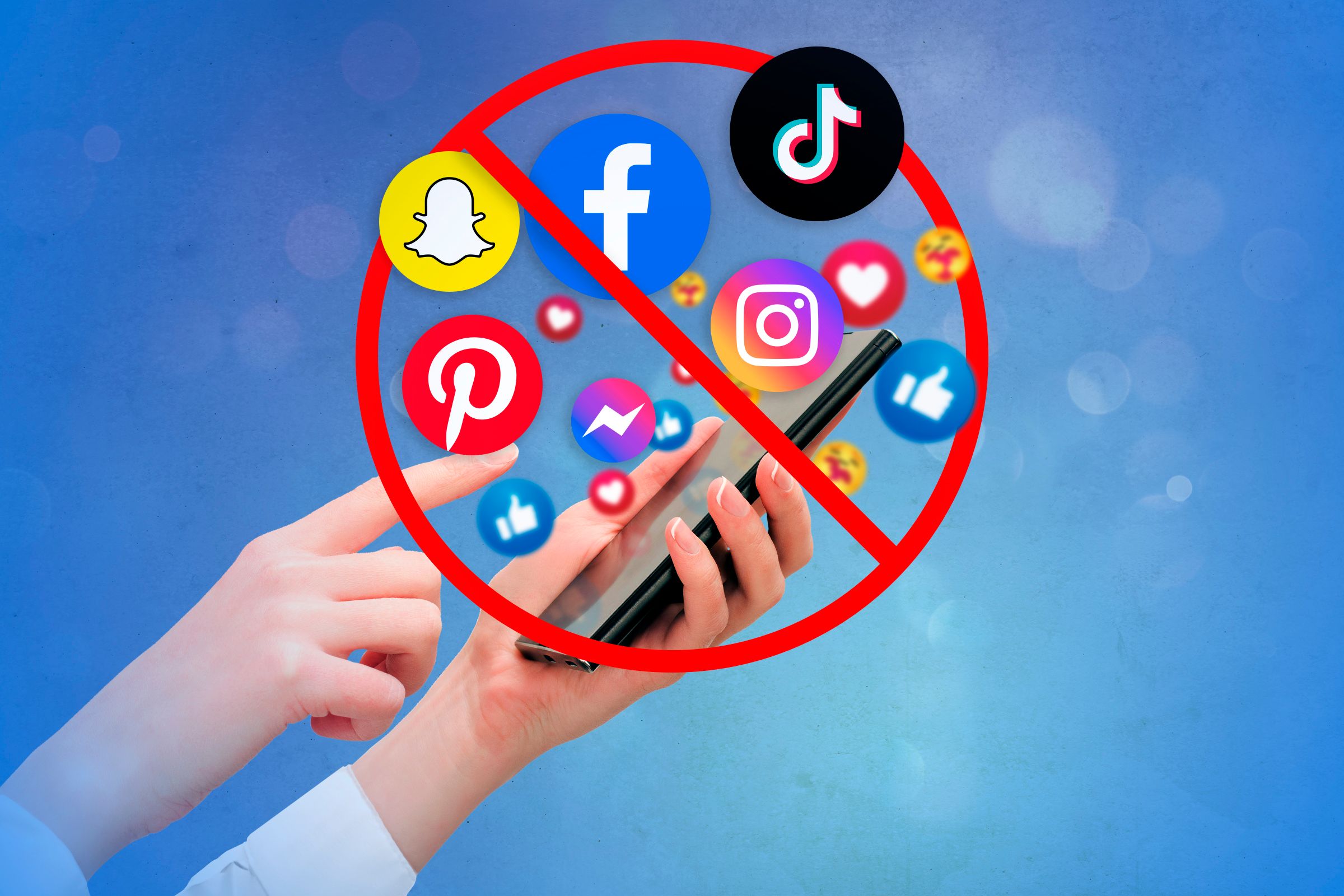Most of the popular social media platforms have an FYP or “For You Page” that shows you content based on—something? You’ll notice that every time you open your social media app of choice it defaults to this feed. The name might be different, but the concept is the same.
This may seem harmless, but if you care about having a safe and healthy experience on social media, you might want to avoid the FYP as much as possible.
5
It’s Not Really “For You”
While the page may be called “For You”, it’s not actually there for your benefit. Instead, this is the primary place where the algorithm developed by the social media platform can work it magic on you. So while it’s very much about you, it’s not for you.
As the now tired saying goes—if you’re not paying, you are the product. The FYP is where maximum value is extracted from you, while you’re blissfully unaware that you’re being fleeced.

Related
How Social Media Tricks You Into Giving Away Your Security Answers
Not every quiz or post you see on social media is harmless.
The counterpart to the FYP is the “Following” page, which shows you the latest posts by people you have chosen to follow. In other words, on the FYP you’ll see things you did not ask for. The Following page is curated by you, but, ironically, the FYP is curated by the algorithm on behalf of the platform owner.
4
It’s a Data Sponge
Every interaction you make on a social media platform is observed, stored, and analyzed. However, because the FYP is actively testing you with what it decides to put in your feed, there’s a qualitative difference in how that data is used. This is the most unambiguous place you can be experimented on by the software.
So the FYP will show you something it thinks will provoke a reaction, and then measure what you’re predicted to do versus what you actually do, which then refines what you are shown.
This iterative data builds an ever more accurate picture of who you are, how you think, and how you’ll behave. A profile that is worth a lot to the various organizations that can make effective use of behavioral data.
3
It Puts You in an Echo Chamber
Because the FYP is curated to engage you, over time it’s more likely to simply show you content that it knows you already agree with, or are likely to agree with because of your other related beliefs and views. This means that if you spend all your time on the FYP, you’ll rarely see something that contradicts your views, or posts by people on the other side of an issue—unless they want to get a rise out of you!
There are obviously drawbacks to this, but in my opinion, the biggest problem is that these sorts of echo chambers can shape your view of what the world is really like. This has been true with traditional media like newspapers and TV news, of course, but the interactive, algorithmic nature of the FYP supercharges the problem.
You might overestimate how dangerous the world is, or underestimate how fringe your views are. For example, if you’re a member of the Flat Earth community, your FYP may lead you to think that far more people think like you than the true number.

Related
Is Social Media a Useful News Source?
We all know social media is rife with misinformation, but it’s also been the source of many breaking stories and can be the fastest way to learn about current events in the world. So do you think of it as a valuable news source or more risk than it’s worth?
2
It’s Designed to Make You Feel Bad, Mad, or Sad
Positive emotions are a good way to get people to stick around your social media platform. If you give them a nice dopamine hit with videos of cute animals, or funny comedians then they’ll want keep swiping through that feed. Anyone’s FYP will have some of that, but negative emotions can be even more effective as a way to keep eyeballs on advertisements.
Showing you content tuned to make you angry, make you feel bad about yourself, or make you feel sad about something will also keep people coming back. It doesn’t really matter why you stick around or whether you’re enjoying yourself, it only matters that you stay and interact.
It might seem counterintuitive, but keep in mind that when psychologists hooked up a system where rats could trigger pain or pleasure in their own brain with buttons, they tended to mash both buttons in equal measure—food for thought.
1
It’s Designed to Be Addictive
Whether it’s brain chemicals related to rewards, danger, or punishment, the FYP wants to get you hooked and it can happen to anyone. This is when you start doomscrolling, or unconsciously reaching for your phone to fill every 30-second gap in your life where you might otherwise have been alone with your thoughts, or simply looked around at the scenery.

Related
I’d never say that you should avoid social media. You can use it in such a way that you benefit from it more than the people running the system. However, for your own mental health and sense of wellbeing, it’s probably best to get into the habit of switching from the FYP (whatever its brand-specific name is) to your own feed whenever you open your social media apps.




